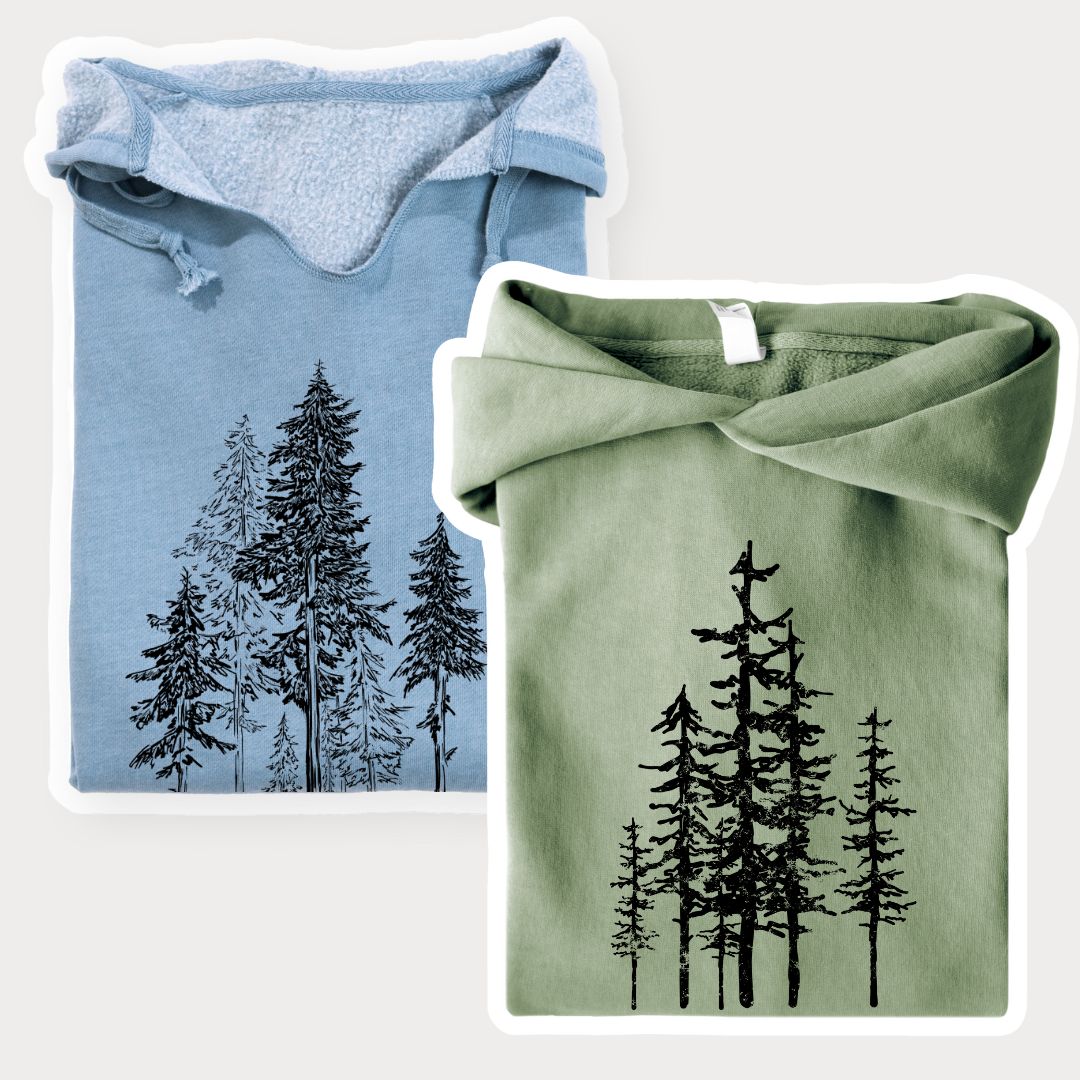Sea Lions vs Seals: What are the Differences?
Let's face it, the ocean's lineup of charismatic creatures can be confusing. Case in point: seals and sea lions. These marine mammals look like they were separated at birth but are more like distant cousins. If you've ever scratched your head at the beach wondering, "Is that a seal or a sea lion?” -this guide is for you. So, grab your snorkel (or binoculars) and dive into the key differences between sea lions and seals!

The Basics: All in the Family
Seals and sea lions are part of the pinniped family, which is a fancy way of saying "fin-footed." Think of pinnipeds as the extended family reunion where everyone wears flippers instead of sweaters. They share this group with walruses, who always hog the spotlight with their impressive tusks. But let's leave walruses out for now - they've got enough to worry about.
Within the pinniped world, seals (or true seals) are in the family Phocidae. In contrast, sea lions and their sassy cousins,the fur seals, belong to the family Otariidae.

Feature #1: The Ears Have It
Their ears are the easiest way to tell them apart, even from afar.
- Sea Lions: They have external ear flaps, which are small, rounded, and visible, making them look like they're always ready to hear your beach playlist.
- Seals: There are no ear flaps here! Instead, they have small ear holes. They took "streamlined" to heart (or head).
So, if it's flaunting ears, you're probably looking at a sea lion. No ears? Seal it is.

Feature #2: Flippers and Fancy Footwork
Sea lions and seals are in different sports leagues when moving on land.
- Sea Lions: These gymnasts of the pinniped world use their strong, rotating rear flippers to walk on land. Yes, they can haul themselves upright and waddle around like your uncle at a BBQ.
- Seals: Picture a slightly more awkward cousin. Seals don't have rotating rear flippers, so they use an undulating worm-like motion to move on land. It's not graceful, but hey, it works.
In the water, both are pros, but sea lions tend to use their front flippers for swimming, giving them a sleek, wing-like stroke. Seals, meanwhile, rely on their rear flippers to propel themselves, using their front flippers for steering.

Feature #3: Size Matters (Sort Of)
Ifyou’ve ever thought, “Wow, that one's HUGE,”chances are it's a sea lion. Sea lions generally grow larger than seals, with males of some species (like the stellar sea lion) tipping the scales at over 2,000 pounds. Seals, while still hefty, tend to be more modestly sized.

Feature #4: The Soundtrack of the Sea
Need another clue? Listen up!
- Sea Lions: These extroverts are loud and proud. Their barks sound like a dog who's spotted the mailman, making them the karaoke stars of the coastline.
- Seals: On the quieter side, seals are more into soft grunts and the occasional "snort." If sea lions are the rock concert, seals are the coffee shop open mic.
Feature #5: Where to Spot Them
Seals and sea lions tend to hang out in different coastal hangouts, although their territories sometimes overlap.
- Sea Lions: They're the sunbathers of the pinniped world. You'll often find them lounging in groups on rocks, docks, or beaches, soaking up the sun like they're on a paid vacation.
- Seals: A bit more elusive; seals prefer solitude or smaller groups. They often rest on sandy beaches or ice floes (depending on the species).
If you're near California, you're in sea lion central. But venture further north, and you'll likely meet more seals.

Fun Facts to Impress Your Friends
- Sea Lions are Social Butterflies: They love hanging out in large groups called rookeries. They even have group-specific "dialects," which is science's fancy way of saying they've got accents.
- Seals are Deep Divers: While sea lions stick to shallower waters, seals can dive up to 5,000 feet deep! That's like diving to the bottom of the ocean to grab your keys and realizing you also need a flashlight.
- Baby Names Matter: A baby sea lion is called a pup. A baby seal? Also, a pup. Not very imaginative, is it?
- Adaptation Masters: Seals have more blubber, making them well-suited for colder climates. Sea lions rely more on their fur, which, let's admit, always looks Instagram-ready.

Why the Differences Matter
Understanding these distinctions isn't just about winning trivia night (though it will help). Seals and sea lions play unique roles in their ecosystems. For example:
- Sea lions are often more affected by human activities because of their sociable nature and proximity to coastlines. Fishing nets? Major hazard.
- While not as outgoing, seals face their own challenges, like melting ice habitats and pollution.
By recognizing their differences, we can better protect these marine marvels.

How You Can Help
Feeling inspired? Here's how you can be a pinniped pal:
- Skip the Plastic: Marine mammals often mistake plastic for food. Reduce your use of single-use plastics to keep their oceans clean.
- Support Conservation Efforts: Organizations like the Marine Mammal Center work tirelessly to rescue and rehabilitate seals and sea lions. Every donation helps!
- Respect Their Space: While they may look cuddly, seals and sea lions need plenty of room to rest. Always observe them from a distance.
Seals vs. Sea Lions: The Final Showdown
To summarize, seals are the quieter, more introverted deep-sea divers, and sea lions are the outgoing, bark-happy beachgoers of the pinniped world. Both are incredible in their own right and deserve our admiration - and our protection.
So, the next time you spot a flippered friend at the beach, take a moment to appreciate their unique quirks. And remember: whether it's the barking sea lion or the blubber-clad seal, the ocean is their home, and we're just lucky visitors.
















Linda Nairn
October 13, 2025
Love 💕 the way this article is written. As much as I’ve been to Sea World you’d think I would have this down. But a refresher course is always appreciated. Love our sea friends, and the barking helps.